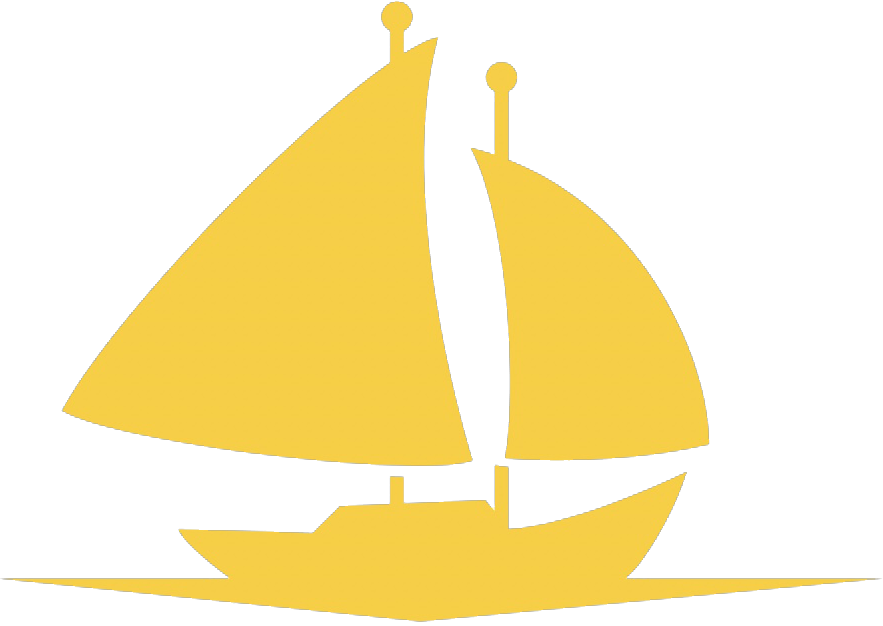Gulets are traditional wooden sailing yachts popular in Turkey. They are mainly used on the Turkish Aegean and Mediterranean coasts for blue cruise charter.
If you have ever been to Bodrum, Marmaris, Fethiye, Göcek or Antalya, there is a high probability that you have seen one of these classic yachts (gulets). The gulets with their cabins and living rooms are quite large and spacious, depending on the category and comfort. They offer a comfortable vacation experience and are also very suitable for overcrowded families and groups of friends.
Today these gulets are built with diesel engines and modern equipment. While maintaining their traditional design, they offer a very modern yacht which is ideal for blue trips. The reputation of gulets, the most ideal type of yacht for summer vacation, has spread around the world since the 1970s. Now you can see them not only in Turkey, but also in Greece, Croatia, Italy, France and even in the Far East.
Gulet
The gulet type, watermelon stern designs are generally oval while the stern is round and flat. Due to these structures, they remain stable in bad weather conditions and storms and offer a pleasant experience. The older gulets usually have a watermelon stern design.
Ketch
In contrast to the watermelon stern gulets, the transom stern gulets, which have a relatively flat design and an angular stern design, are the gulets with the largest interior volume compared to their size. Transom stern, which are best suited for boating vacations, offer very spacious living spaces and cabins. Although they are bulkier compared to other gulets, they are very suitable for summer holidays in bays and islands. Due to their design, these yachts usually have 2 master cabins.
Tirhandil
Tirhandils, the traditional form of the boat and shipbuilding tradition that has existed for thousands of years, represent the oldest form of gulets. The design of the Tirhandil gulets is unique in the Aegean. Tirhandils are smaller than watermelons and mirror stems and, despite their humble habitat, are better suited to the sea. In this regard, Tirhandil, unlike other gulets, is quite flexible and, due to its size, better suited for sailing.
The Fisherman of Halicarnassus
The Turkish writer Cevat Sakir Kabaagaçli (1890 – 1973) could not calmly go his own way. He always had to leave an opinion except for matters that didn't interest him. In 1925, when he wrote a newspaper article positively about army deserters, he was sentenced to many years of imprisonment in Bodrum.
But the punishment becomes a reward for him. He falls in love with the beauties of this landscape and begins to systematically explore it. The Turkish authorities got wind that their prisoner is enjoying life like never before. They break off the confinement and move the unpopular writer to the dark interior of the country. He languished there for a few years. But as soon as he was free again, the writer returned to his "happy exile" and, from 1957, explored the coast with his friends, writers and artists, in the small boats used by sponge divers.
In his travelogues he calls these journeys Blue Cruise. A formulation - and an idea - that today's tourism industry was all too happy to adopt. He calls himself "Fishermen of Haikarnassus" and he wrote his memoirs, which are widely read in Turkey, with this title.
At first it was locals who took tourists along the coast. This was still an insider tip in the 1980s. Then the "career" began on a grand scale, the gulet business.
The gulets, and with them the blue cruises, became more perfect with each passing year and the number of participants increased.
Especially in Bodrum he is very well known. He was even honored with a monument. Some streets and squares are named after him today.


